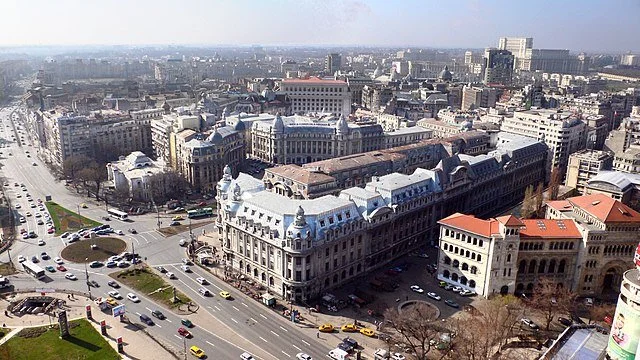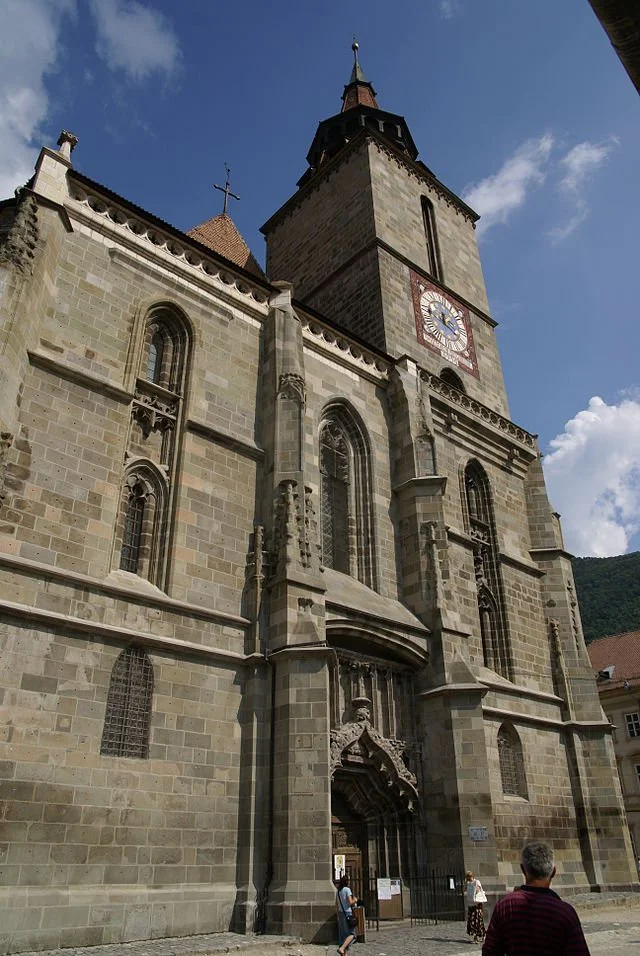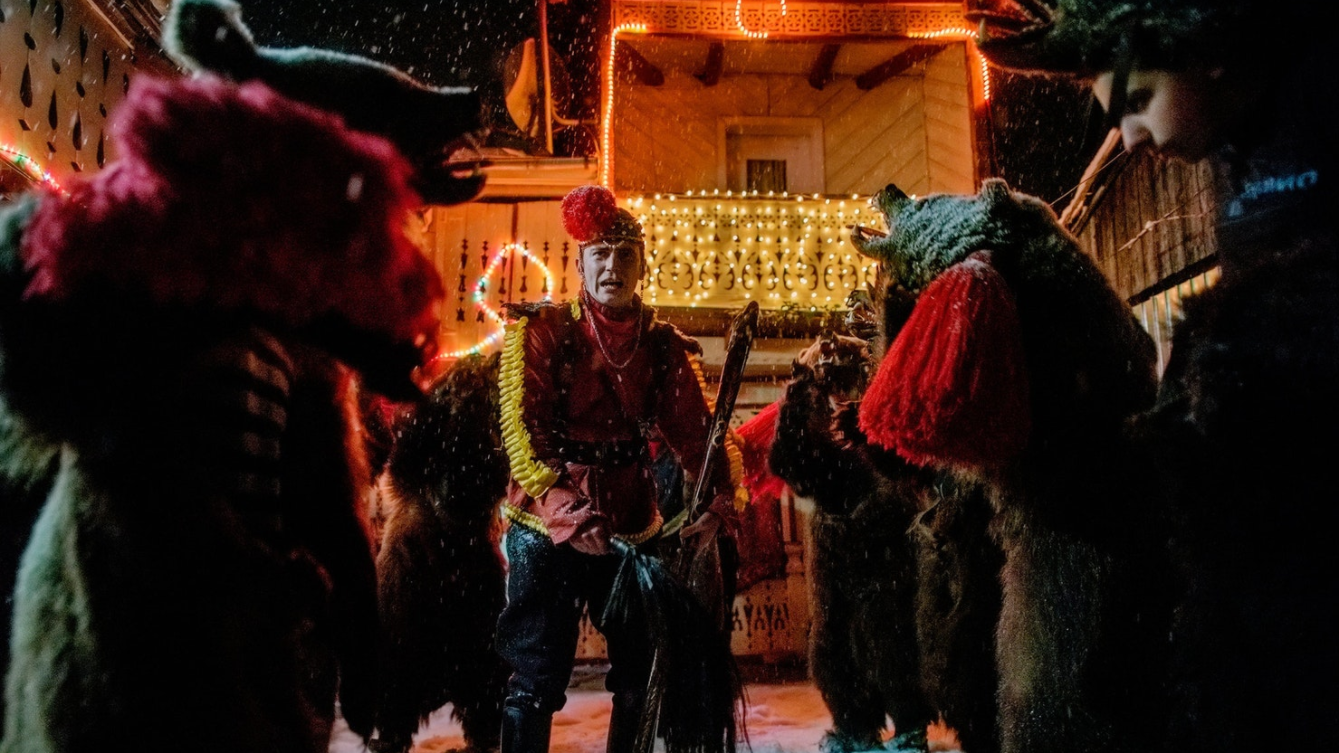The country of Romania is a diorama of hundreds of years of human history.
Bucharest’s skyline. seisdeagosto. CC BY-SA 2.0
Romania’s incredibly rich history is still preserved to this day in the form of beautiful architecture. Medieval castles and communist palaces rub elbows in the beautiful landscape, standing side by side to create a fascinating timeline of human history.
A feat of medieval architecture, the legendary Bran Fortress is seated in the heart of the Transylvania region. Although it is known outside of Romania as “Dracula’s Castle,” there is no direct relation between the actual castle and the famous novel by Bram Stoker. The site’s only vampiric influence is a tangential relation to Vlad the Impaler, a historical monarch who had little connection to the supernatural outside of literary and popular imagination.
The Bran Fortress is a striking example of Saxon architecture. Built in 1377, the palace is now used as a museum displaying the furniture and art collection of Queen Marie, the last queen of Romania, who ruled from 1914 to 1927. The collection is open to visitors and provides guided tours of the historical pieces. Below the palace is a recreation of Romanian peasant life, featuring reconstructed barns, water-powered machinery and cottages.
A view of Bran Fortress. Clay Gilliland, CC SA 2.0
An even more ancient —yet surprisingly modern—relic hidden in the heart of Romania is the Salina Turda, a salt mine dating all the way back to 1075. Founded by the Roman occupants of Transylvania, the mine continued to produce table salt for centuries before finally closing its doors in 1932. Years later, in 2010, the massive series of caverns was reopened as a tourist destination and historical site. In addition, the Theresa Mine houses a beautiful underground lake a full 400 feet below ground.
The modern Salina Turda Salt Mine. Valentin Cocarlea, CC BY-SA 4.0
Jumping ahead roughly a century, the city of Brasov is home to the 14th-century Biserica Neagra, or the Black Church. This beautiful Gothic cathedral was nearly destroyed by a fire in the 1680s and took nearly a century to fully repair. The church got its name from the ruined, soot-covered walls which remained after the blaze. Today, the Church is open to visitors and still holds weekly concerts with its massive, 4,000-pipe organ.
Biserica Neagra, the Black Church. Gaspar Ros. CC BY-SA 3.0
A palace of the modern era, the Palace of Parliament stands in the capital city of Bucharest. Constructed in the 1980s, this palace was planned and built by the communist regime of Romania in the midst of the Cold War. Since the ousting of the Communist Party, the palace has become the home of the Romanian legislature. The Palace of Parliament is an incredible combination of architectural styles, creating a uniquely beautiful building with as much form as function.
The Romanian Palace of Parliament. Jorge Franganillo. CC BY-SA 2.0Romania is one of the best examples of a living museum. From the Middle Ages to the Cold War, whole centuries are represented in art, architecture and sometimes the land itself. For the historically driven tourist, Romania is a destination that can’t be matched anywhere else.
The best time to visit Romania is between May and September when the weather is warmest. The capital city of Bucharest offers a variety of hotel bookings ranging from $100 to $200 per night. More affordable options include rental apartments around the city from $30 to $40 per night.
Ryan Livingston
Ryan is a senior at The College of New Jersey, majoring in English and minoring in marketing. Since a young age, Ryan has been passionate about human rights and environmental action and uses his writing to educate wherever he can. He hopes to pursue a career in professional writing and spread his message even further.




















